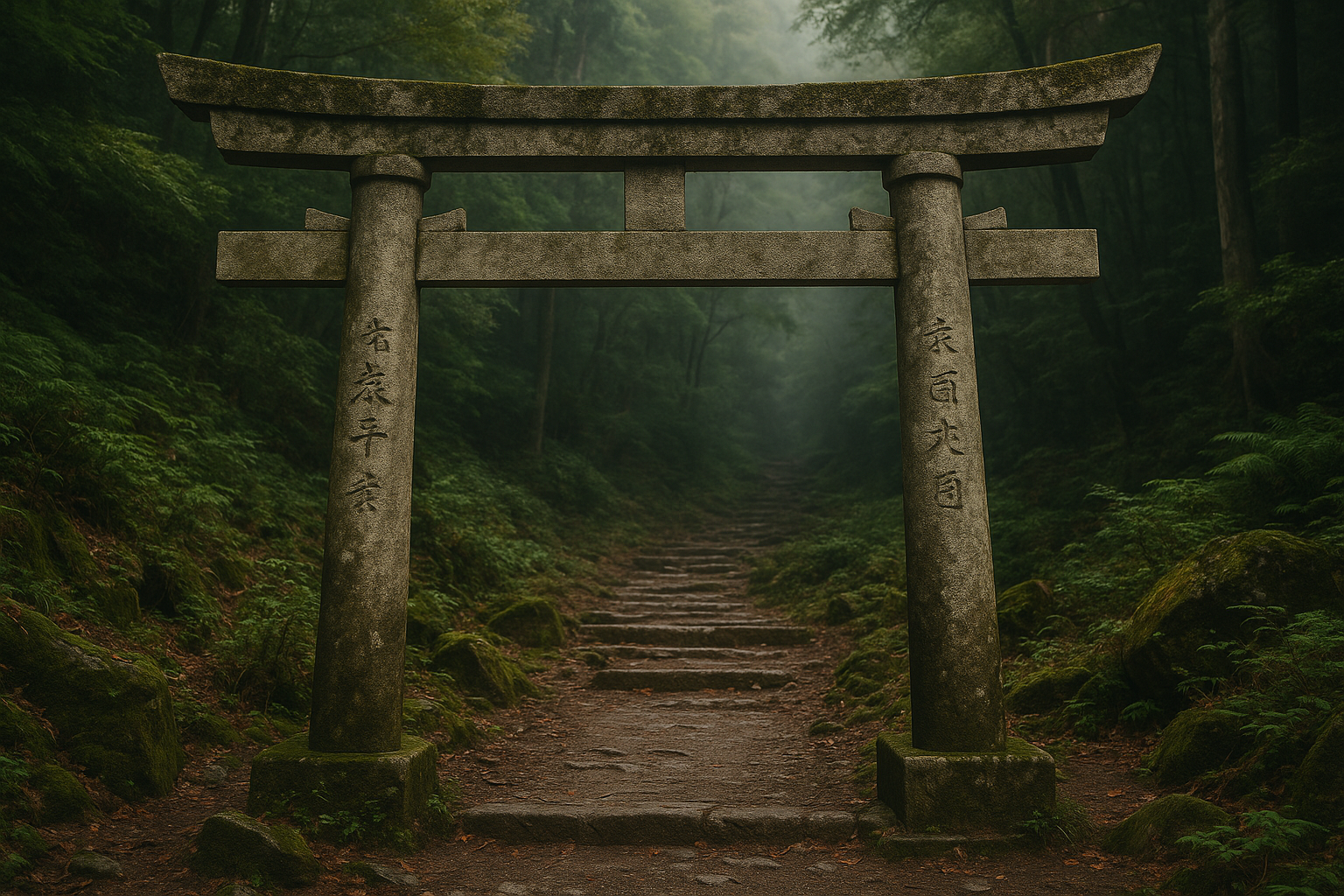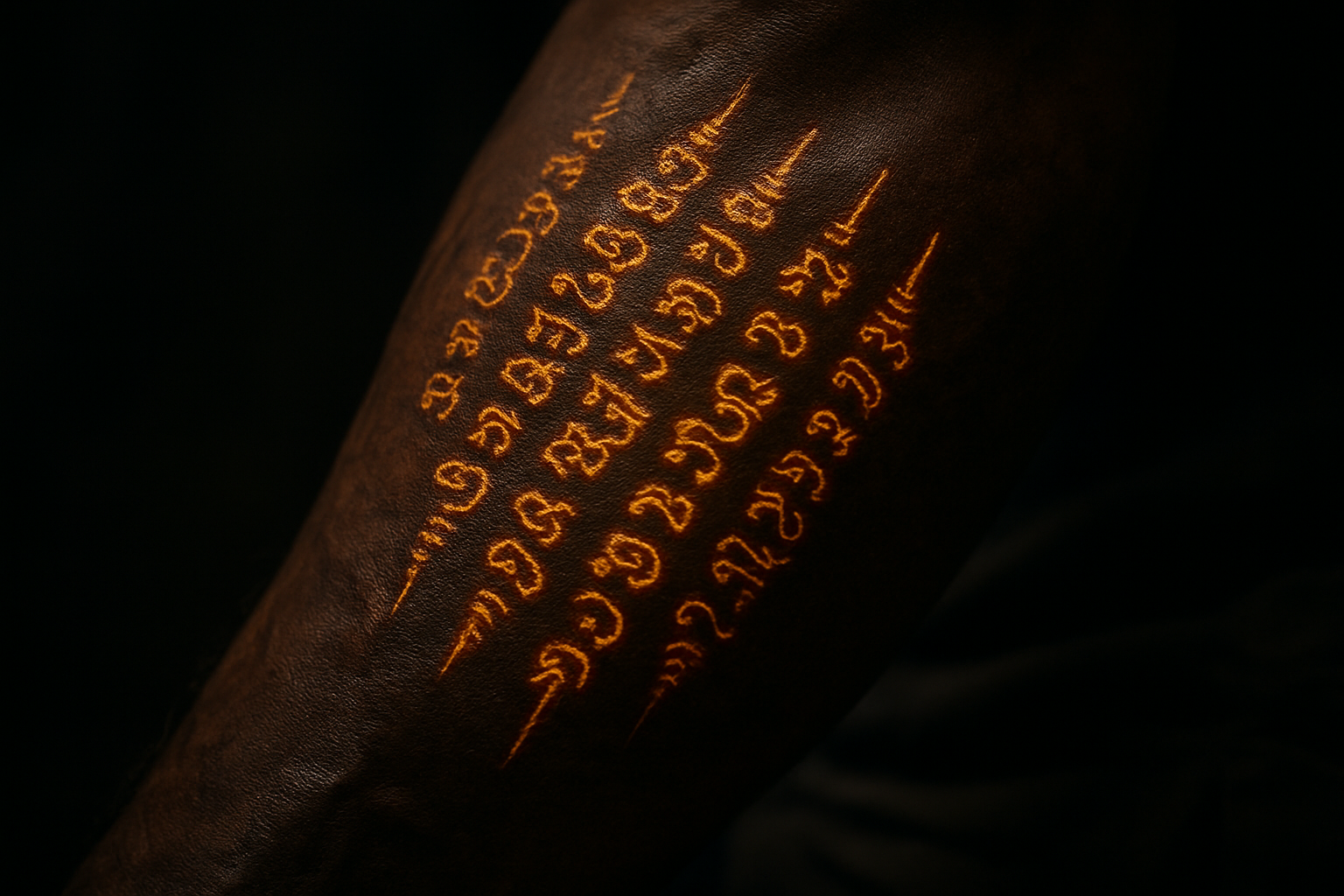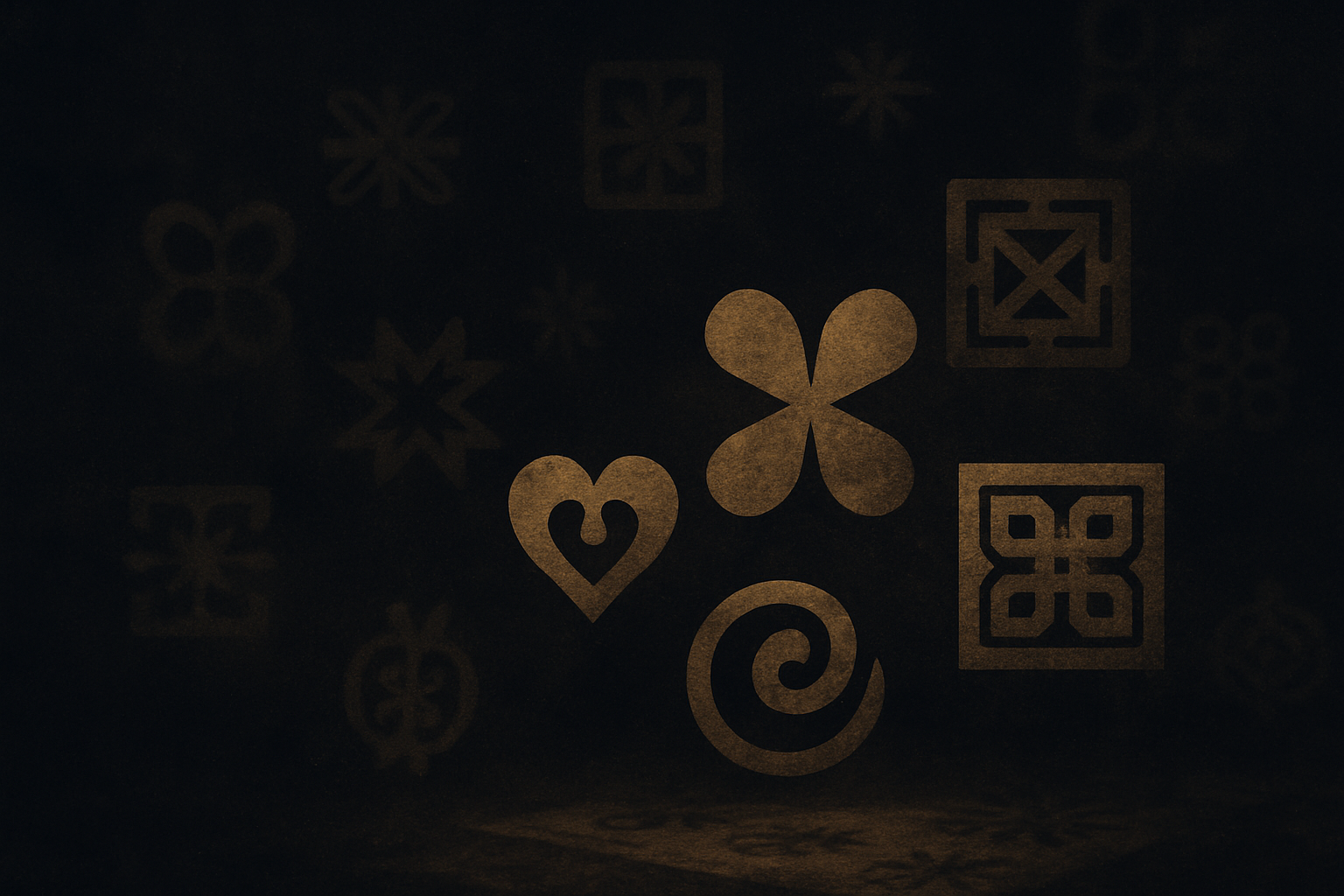Some thresholds are marked by doors.
Others, by silence.
In Japan, the torii does not guard.
It does not swing open, nor lock shut.
It simply stands; a gate to nowhere, and to everything.
You do not pass through it to enter a building.
You pass through it to step into the sacred.
It does not explain itself.
It invites you to notice what changes when you do.
The Form of a Question
Two upright pillars.
One horizontal crossbeam.
And sometimes, a second beam, slightly curved, hovering just below.
That is all.
No ornament.
No image of deity.
No guardian carved in stone.
The torii doesn’t point to a god.
It points to attention.
It marks the space where reverence begins.
It does not need walls.
Because the sacred is not inside.
It’s beyond.
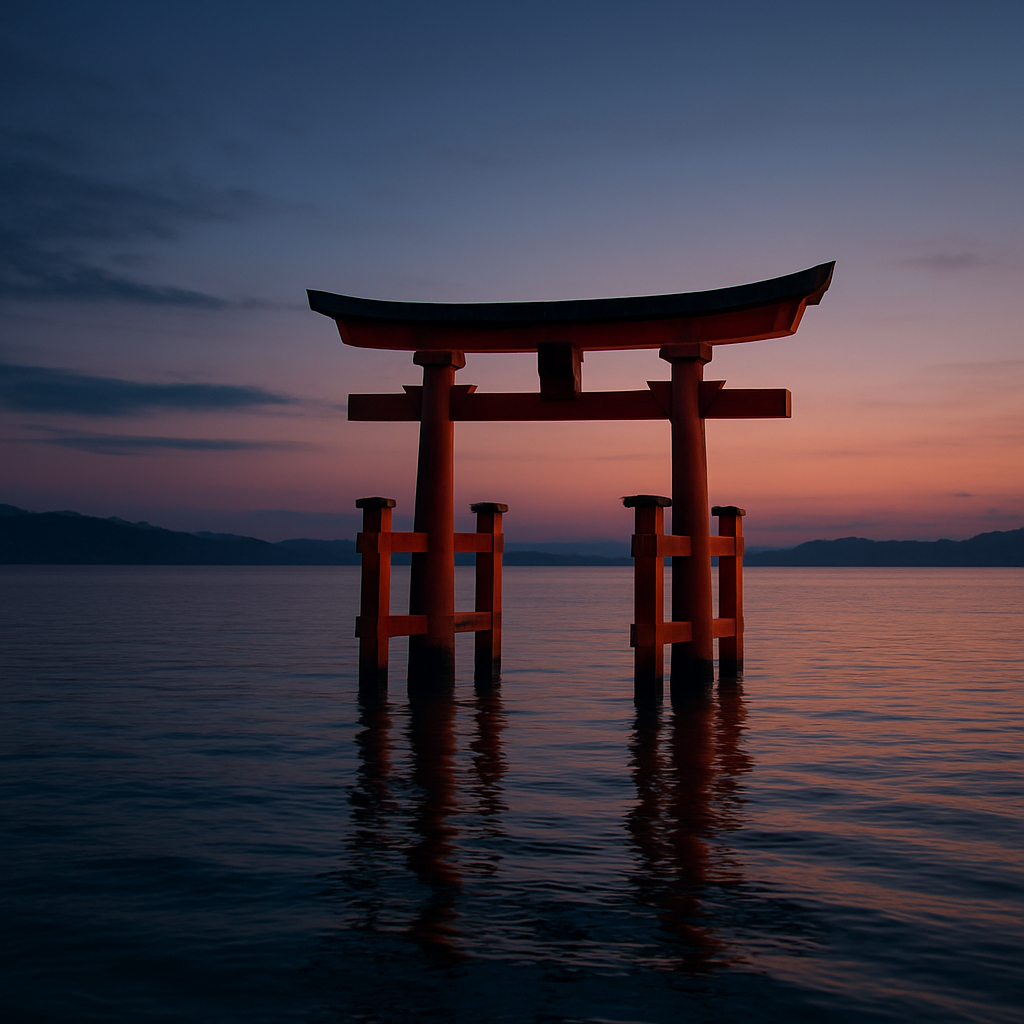
Space Becomes Place
The land does not change after the torii.
The trees remain trees.
The wind, the same.
And yet, it feels different.
The torii doesn’t create the sacred.
It reveals it.
It draws a line between what is lived and what is sensed.
Between what is occupied and what is inhabited.
Even when no one is watching, the torii keeps watch.
A Gate for Stillness
Unlike Western thresholds, arches, doors, triumphs, the torii is not a symbol of arrival.
It is a symbol of readiness.
You do not “achieve” the other side.
You prepare for it.
By stepping through, slowly. Consciously.
It does not filter people.
It filters noise.
The moment you pass through it, you walk differently.
You speak more quietly.
You notice what you didn’t before.
Not because the torii commands you.
Because it reminds you.
Of Wood, of Stone, of Air
Some torii are brilliant vermilion, painted and preserved.
Others are unpainted cedar; left to weather, crack, and grey.
Some are carved from stone, their inscriptions barely legible with time.
Each one stands.
Not in competition.
But in alignment.
Because the torii is not an object.
It is a position.
A point in space made holy by its role:
To separate what is taken for granted
from what is taken with gratitude.
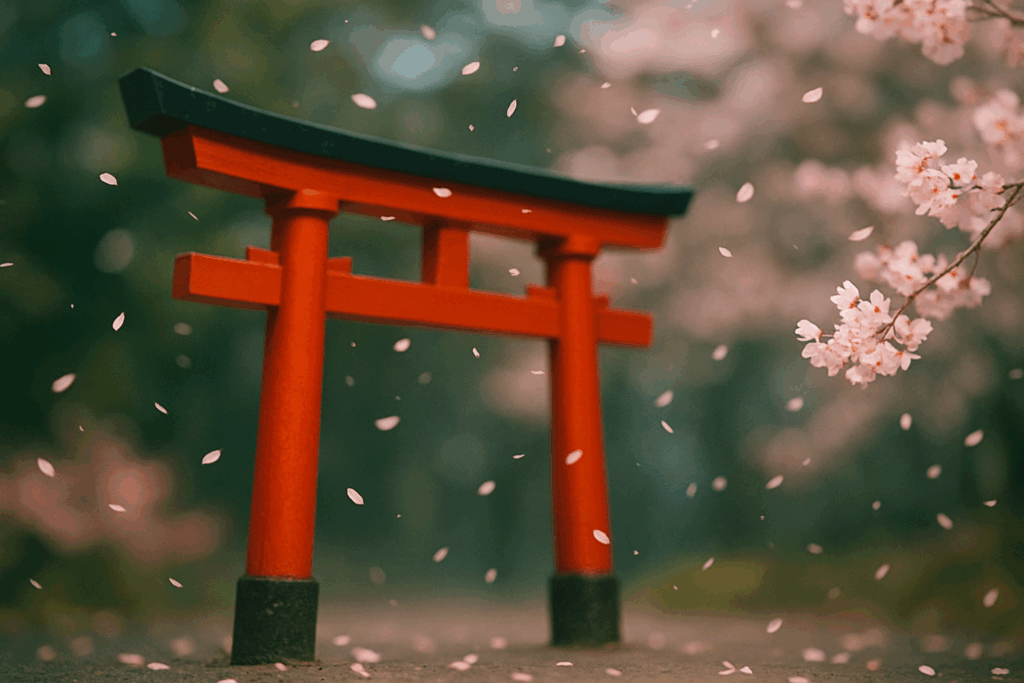
The Gate That Waits
A torii is never in a hurry.
It doesn’t push.
It doesn’t persuade.
It simply waits;
for you to slow down,
to remember where you are,
to mark your crossing.
You don’t have to believe.
You don’t have to bow.
But something in you knows;
you’ve entered a space where the sacred is not loud,
but present.

